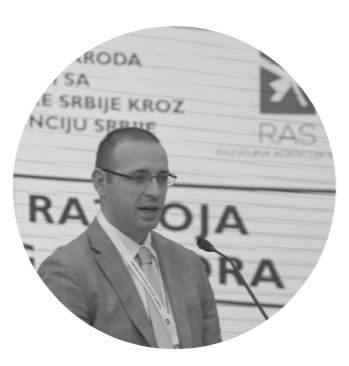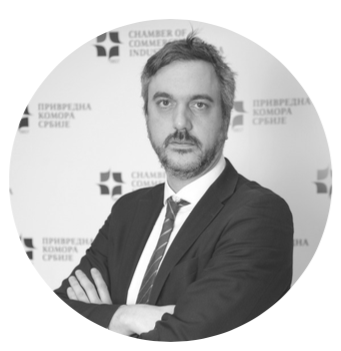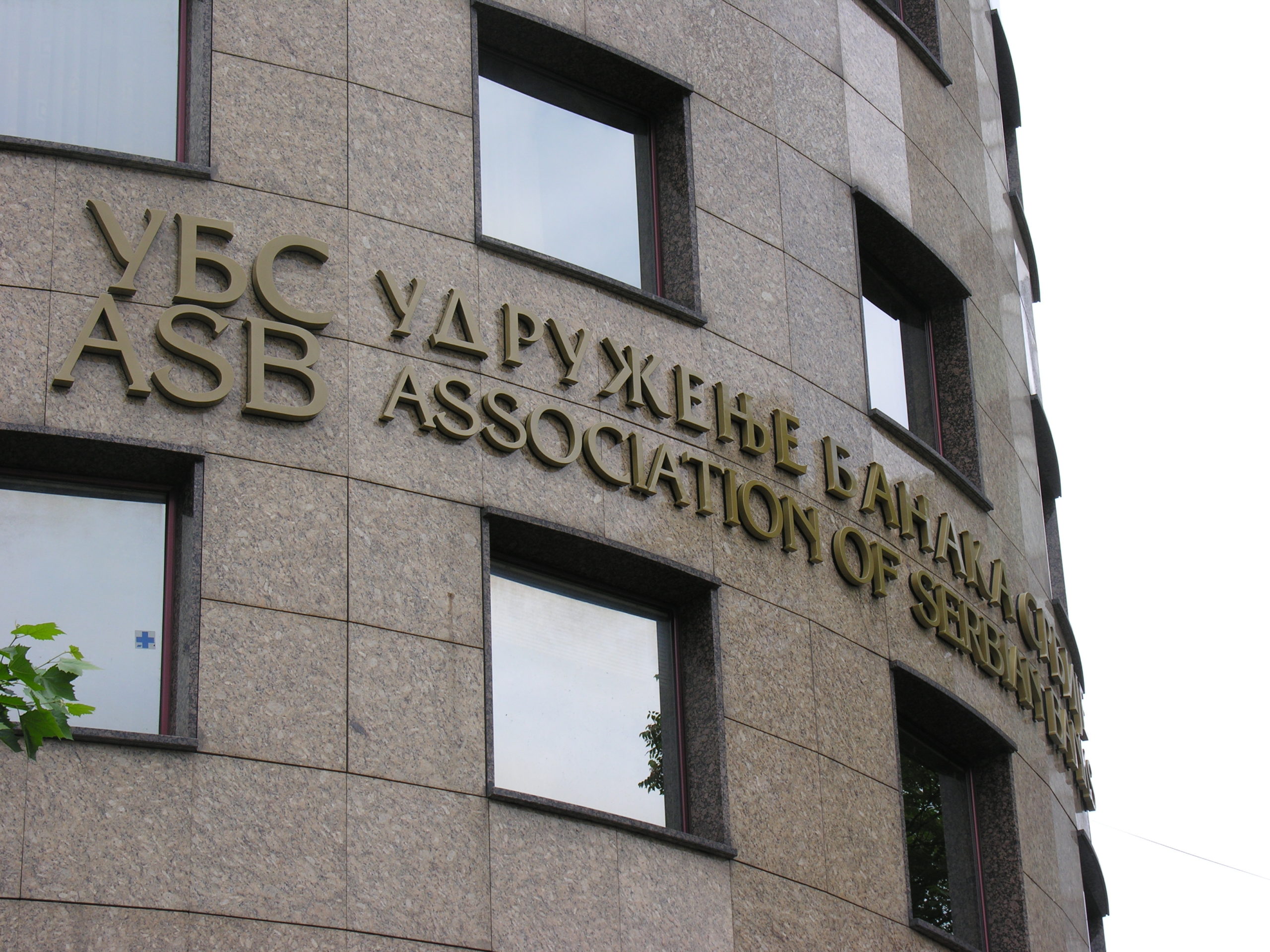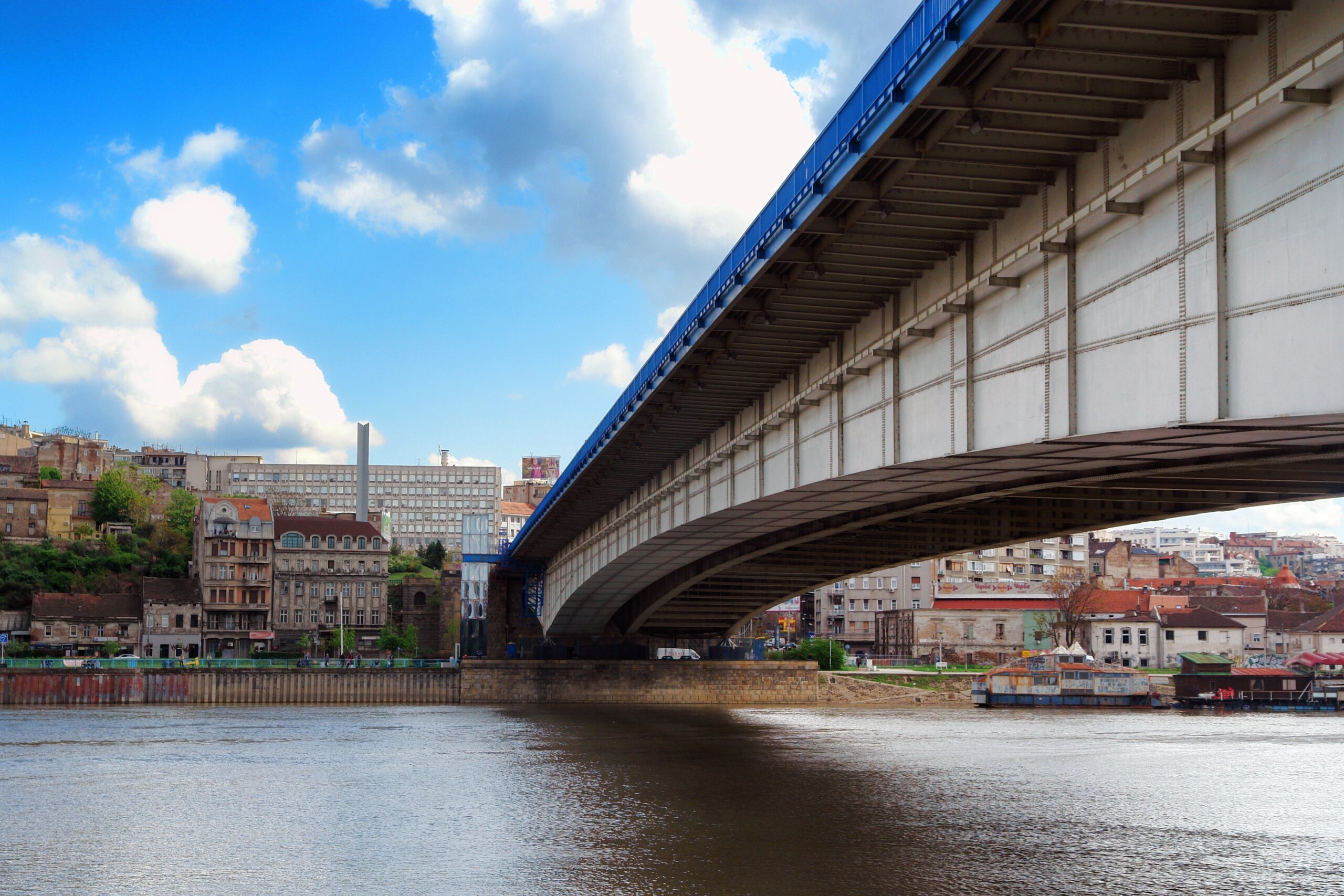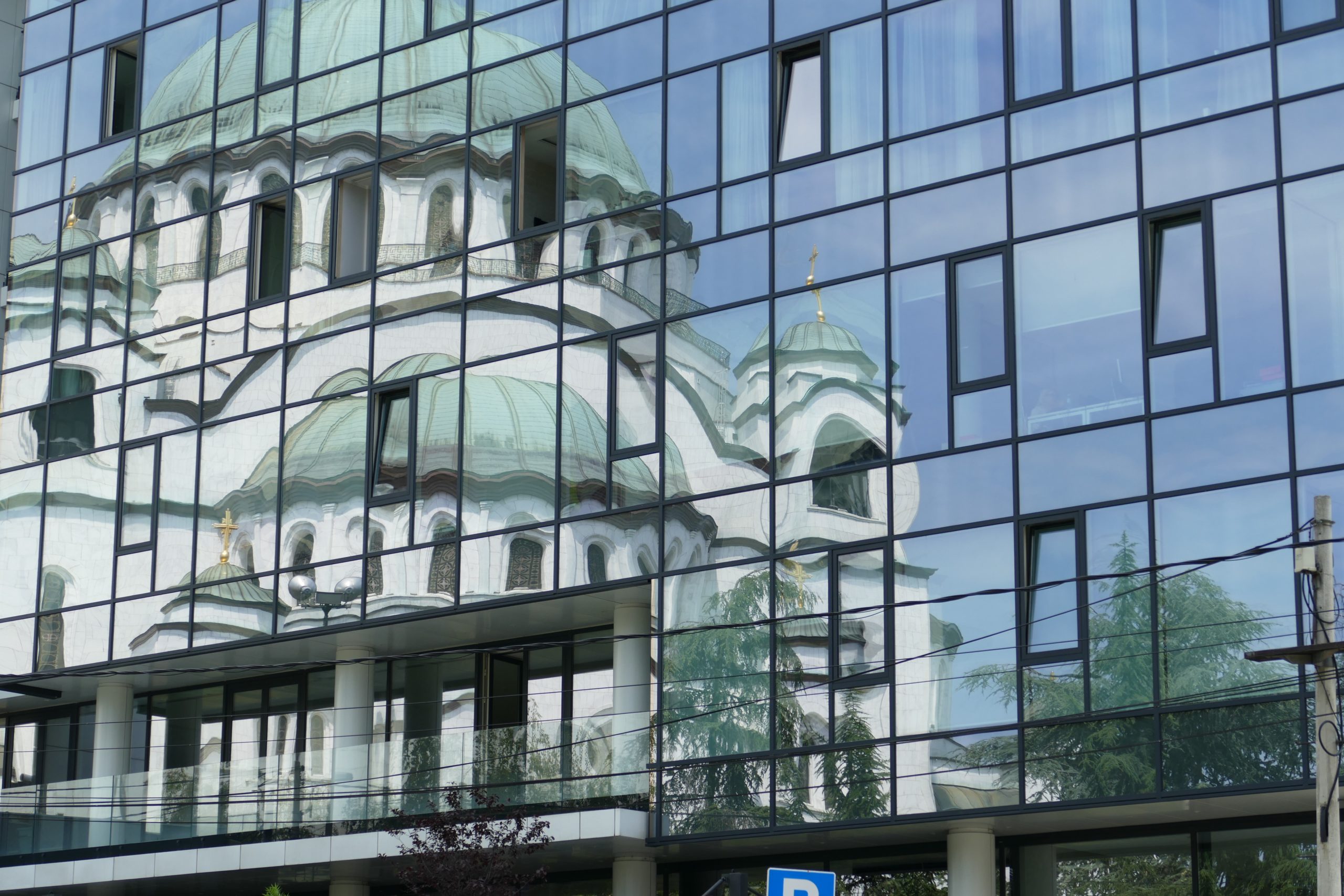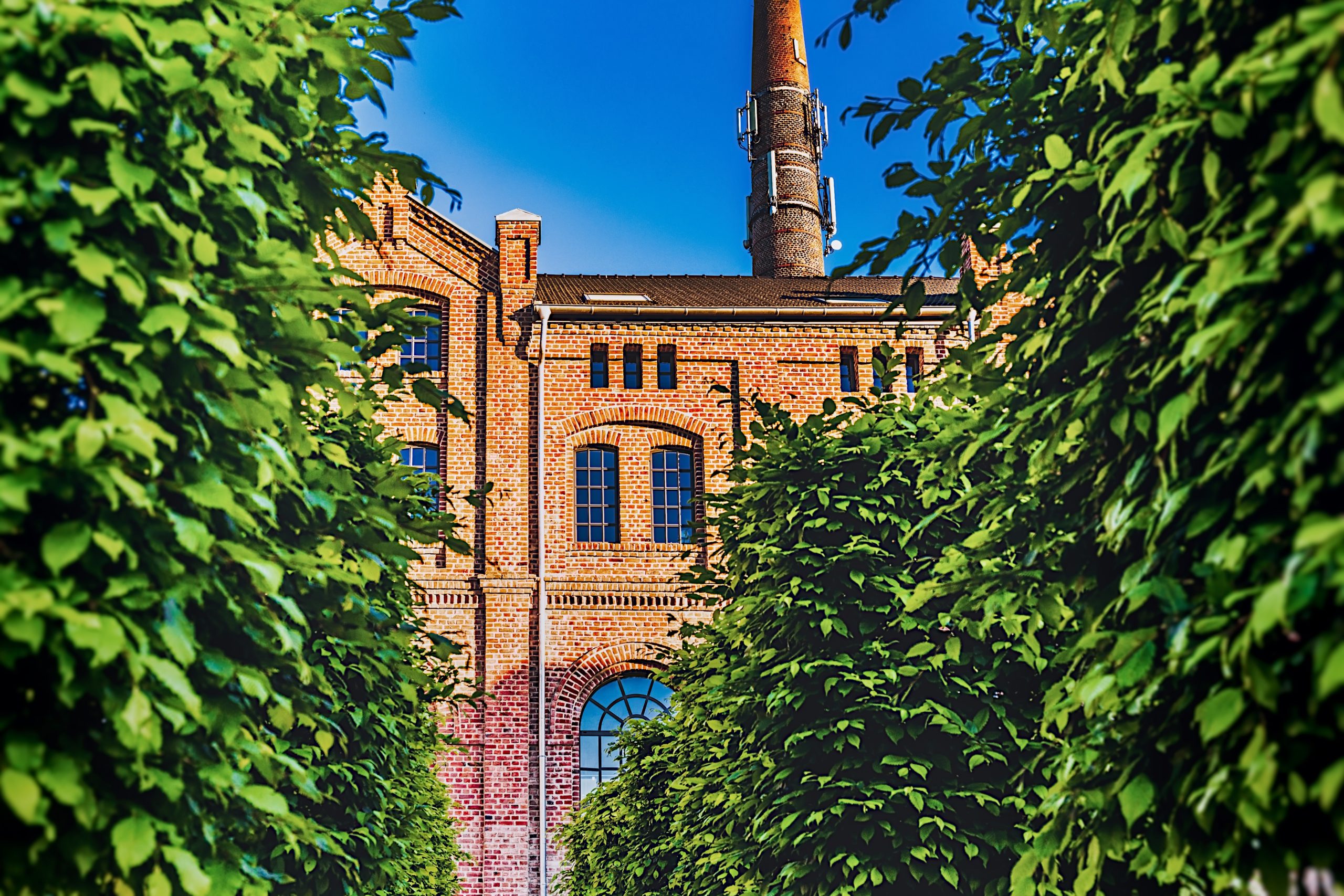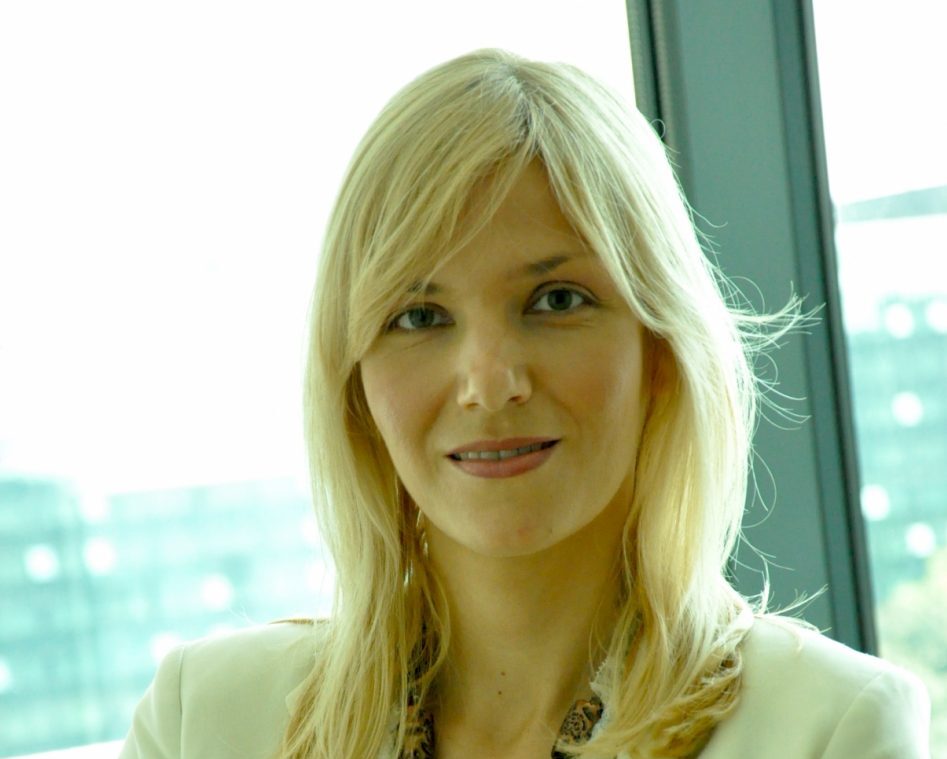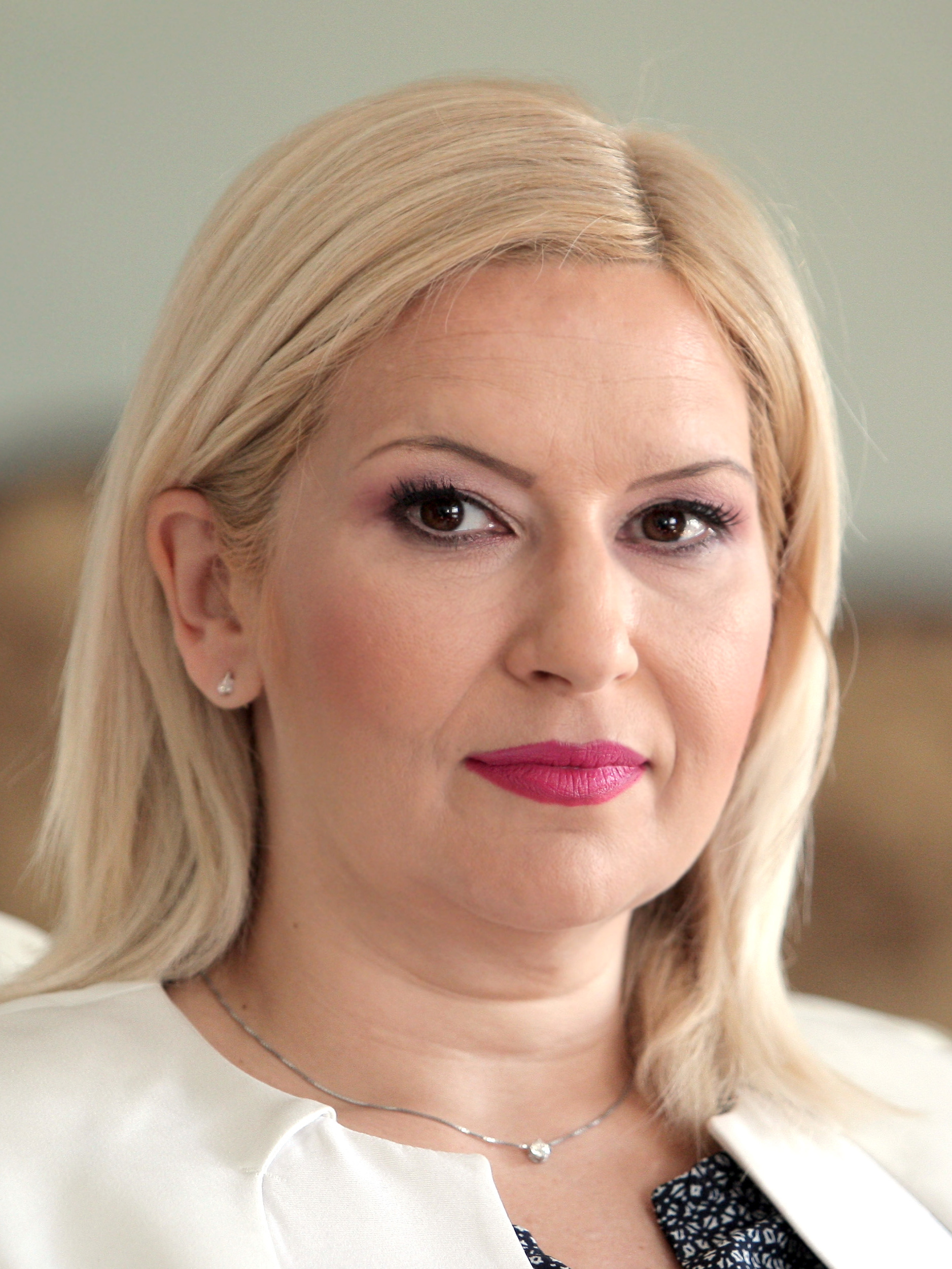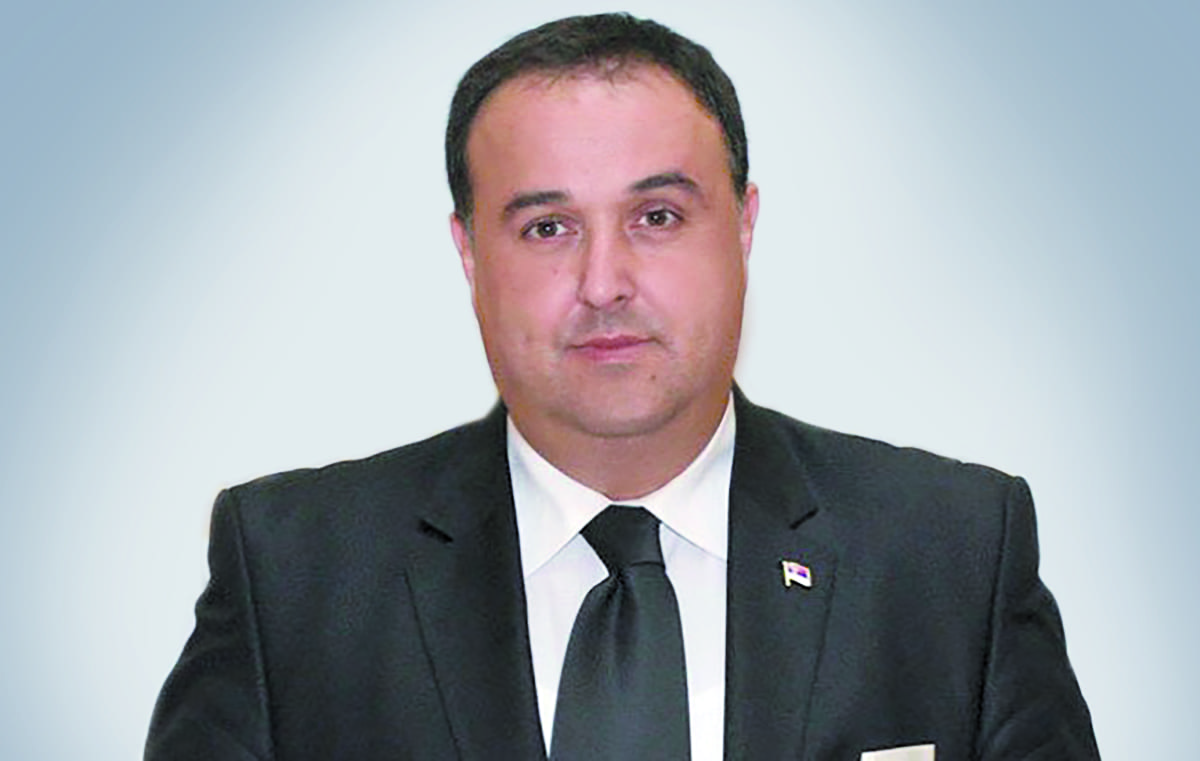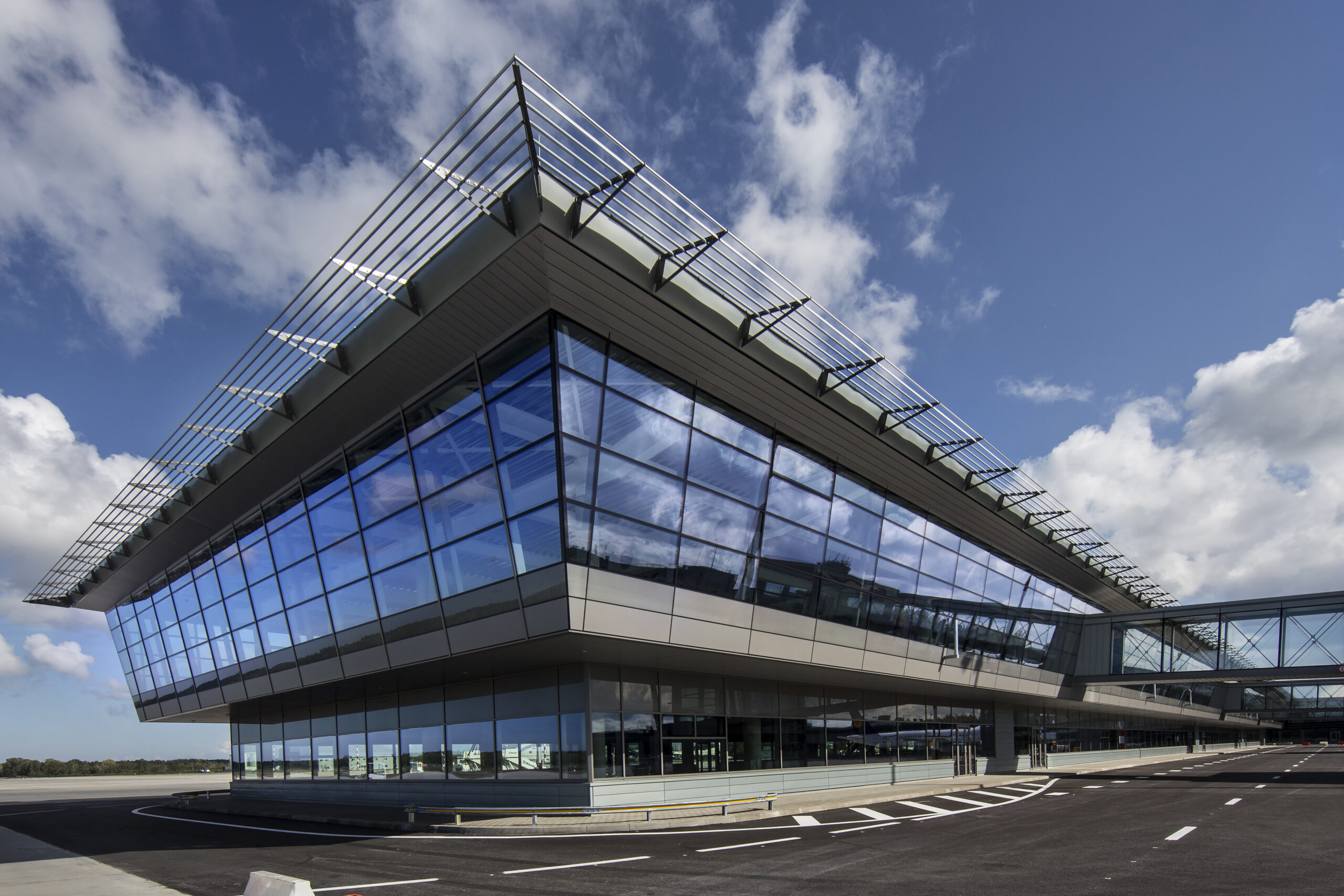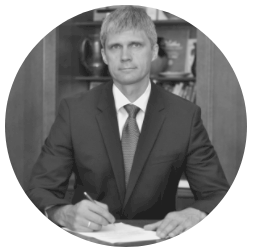What will be the socio-economic impact of Corridor X?

The Eastern part of Serbia is stricken by de-population due to lack of employment options. Corridor X will positively affect the employment rate in remote regions with high unemployment. The construction sector has provided new opportunities, and is actively creating a business environment which can attract foreign investment.
We have around 1.3 million people scattered around 31 municipalities which are gravitating around the Corridor 10, and 90% are in the major cities in those regions. The urban centres will benefit, and rural connectivity will be facilitated by the completion of the road which will then induce and support agricultural activities. Therefore, further demographic deterioration can be minimized. Corridor X actively supports the development of sectors like; tourism, trade, and logistics.
How will Corridor X affect tourism?
In addition to facilitating road and rail passenger travel, there has been a significant amount of archaeological findings along the Corridor 10 highway. Archaeological findings have been treated with diligence. Cultural heritage encountered has been explored, preserved or taken to adequate restoration museums, etc. So some of these points will be turned into touristic locations, and this will help the development of tourism within Serbia.
How is Corridor X’s construction affecting the environment?
The environment has been our main focus. Contemporary standards of protection of the environment, and modern mitigation measures have been applied on all sections; from the so-called closed system of dewatering of wastewaters from the highway, to noise protection barriers and even green crossing, which are the passage for small, medium and even large animals from one side of the highway to the other, which is a requirement.
How will Serbian tolls evolve along Corridor X?
Tolling in Serbia is amongst the lowest in Europe; it is 0,06 Euro per kilometre for passenger vehicles. We hope to achieve the level of tolling that is applied in Europe, so the repayment of the investments into the highways and the road network will be facilitated and the budget will be less engaged in the repayment activities. Countries in the region are already applying this methodology. With this focus securing funds will be less strainful as maintenance will be self-sustainable. The quality of maintenance of the roads is crucial and will be improved.
The Republic of Serbia has been approved by The World Bank for a EUR 400 million loan for rehabilitation of existing networks apart from the highway. On the year targeted for Corridor X’s completion we expect between 12 000 and 15 000 vehicles per day. By 2030 we expect nearly 20 000 vehicles per day. The estimates are conservative taking into consideration we currently already have nearly 9 000 vehicles per day in certain sections.

